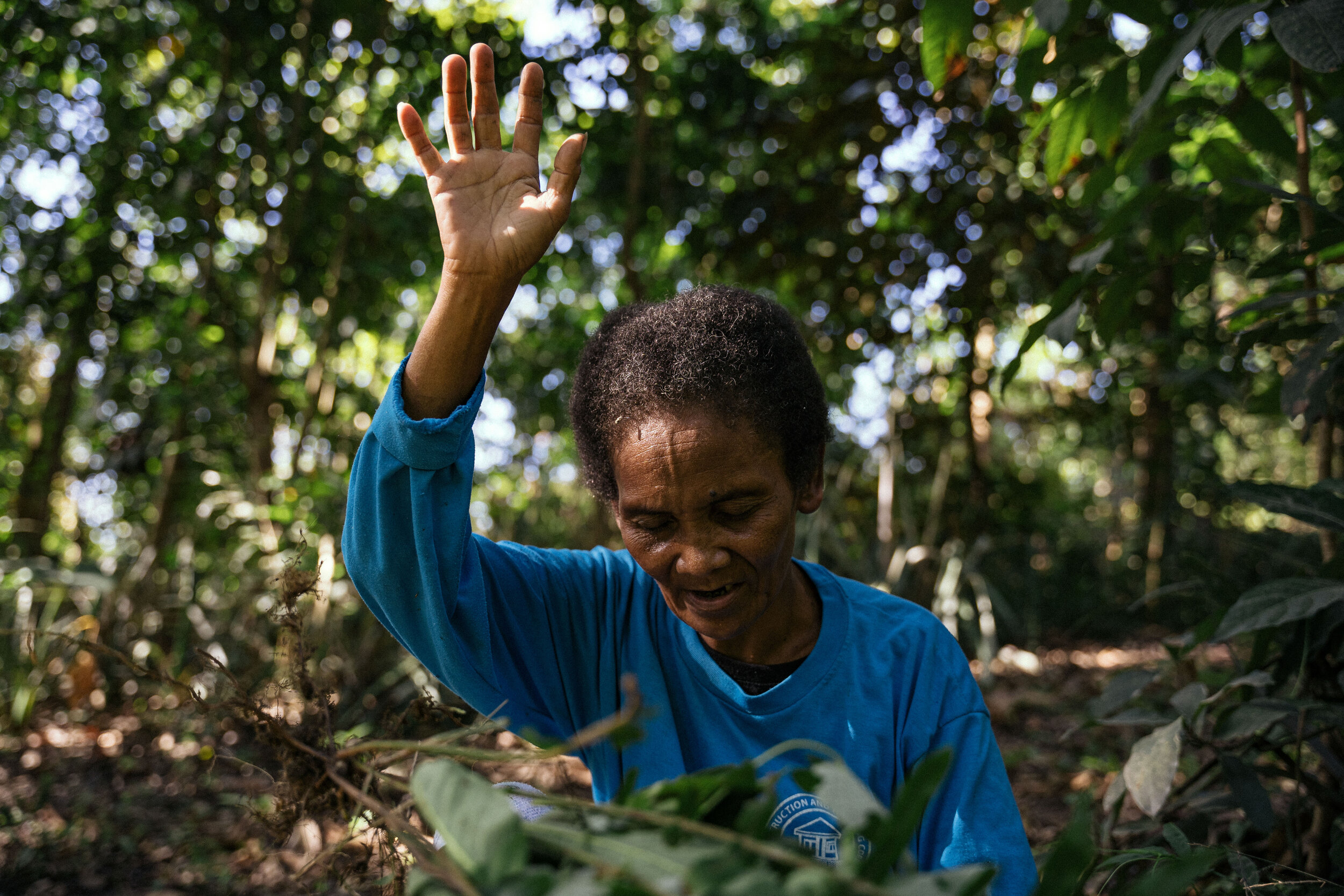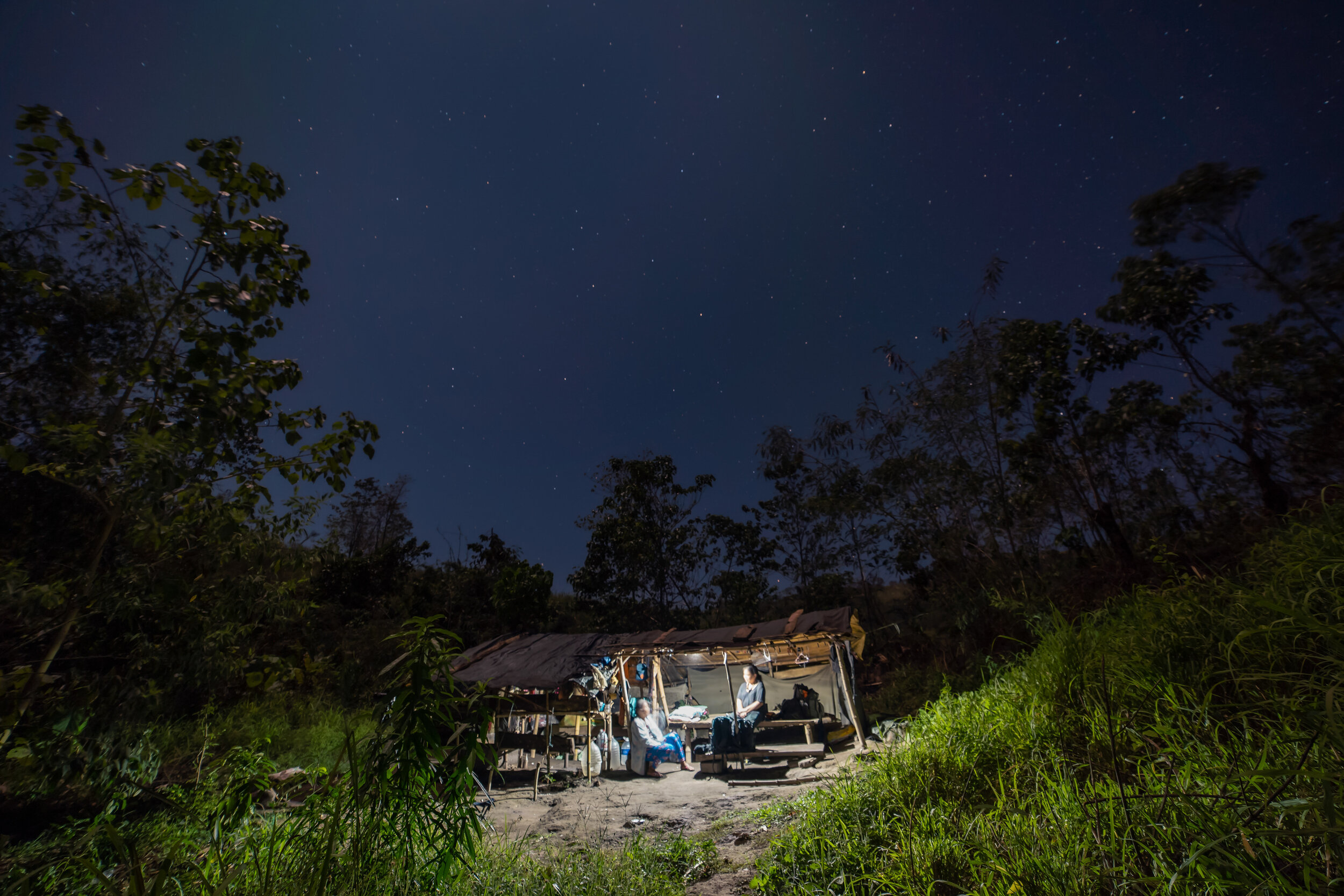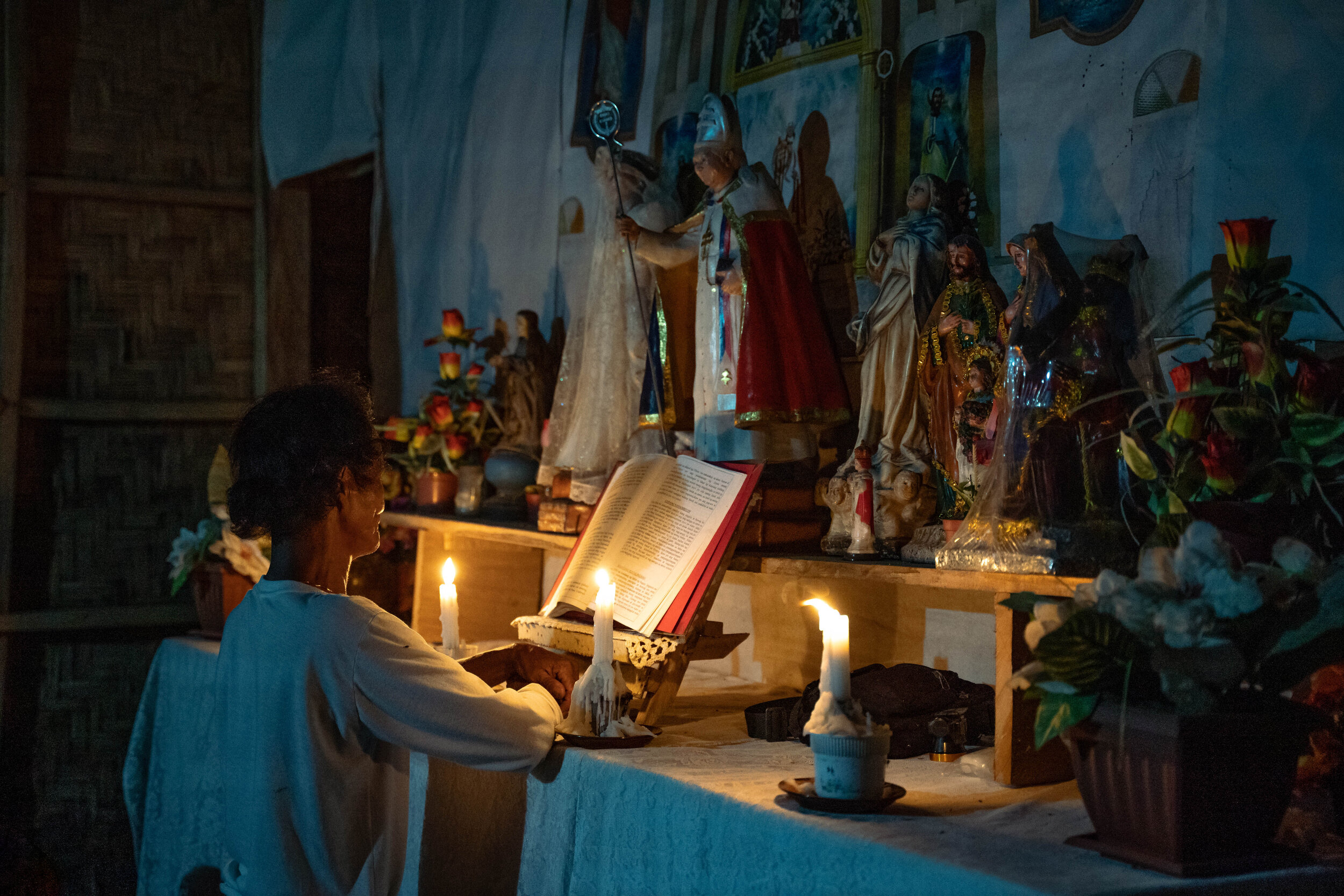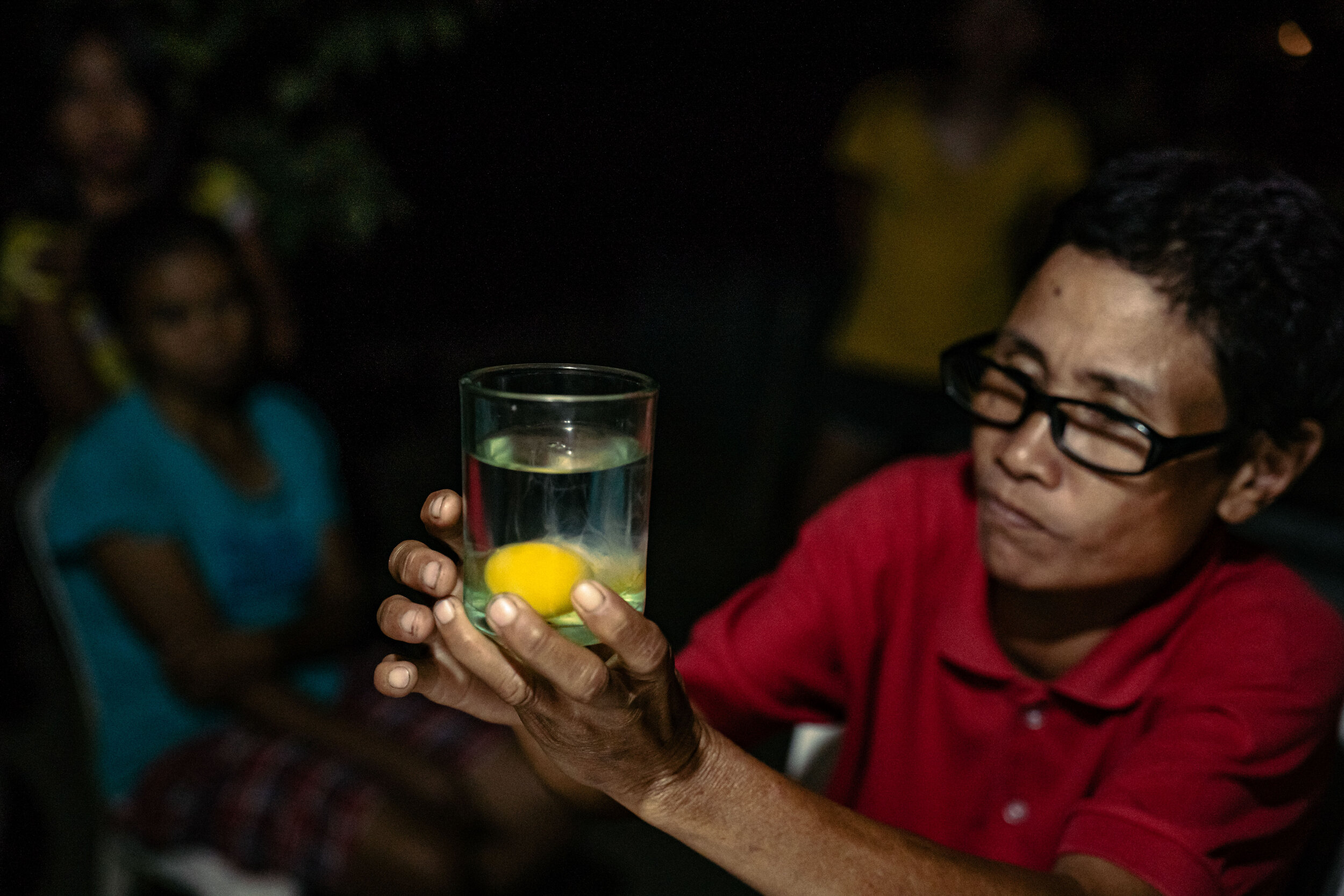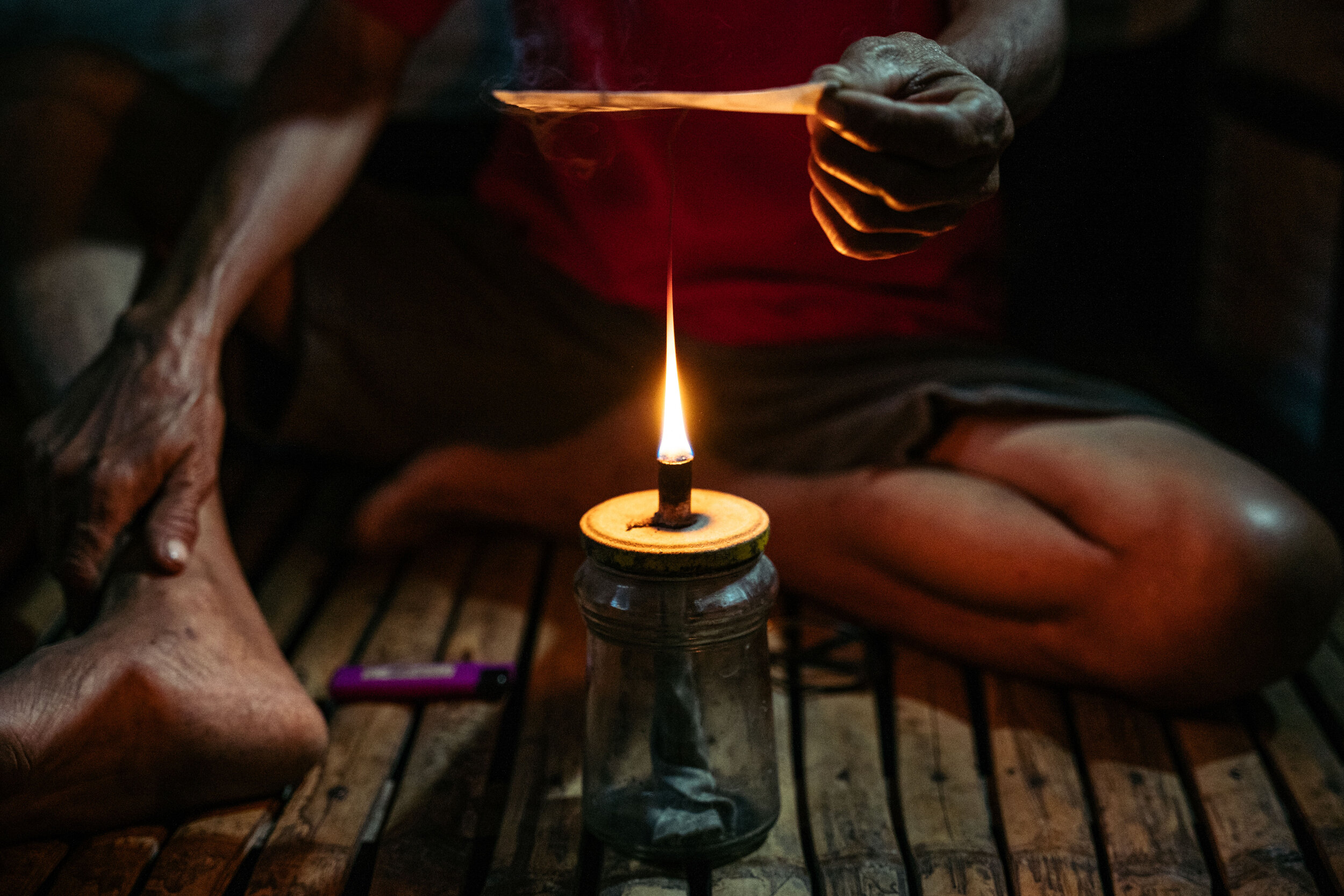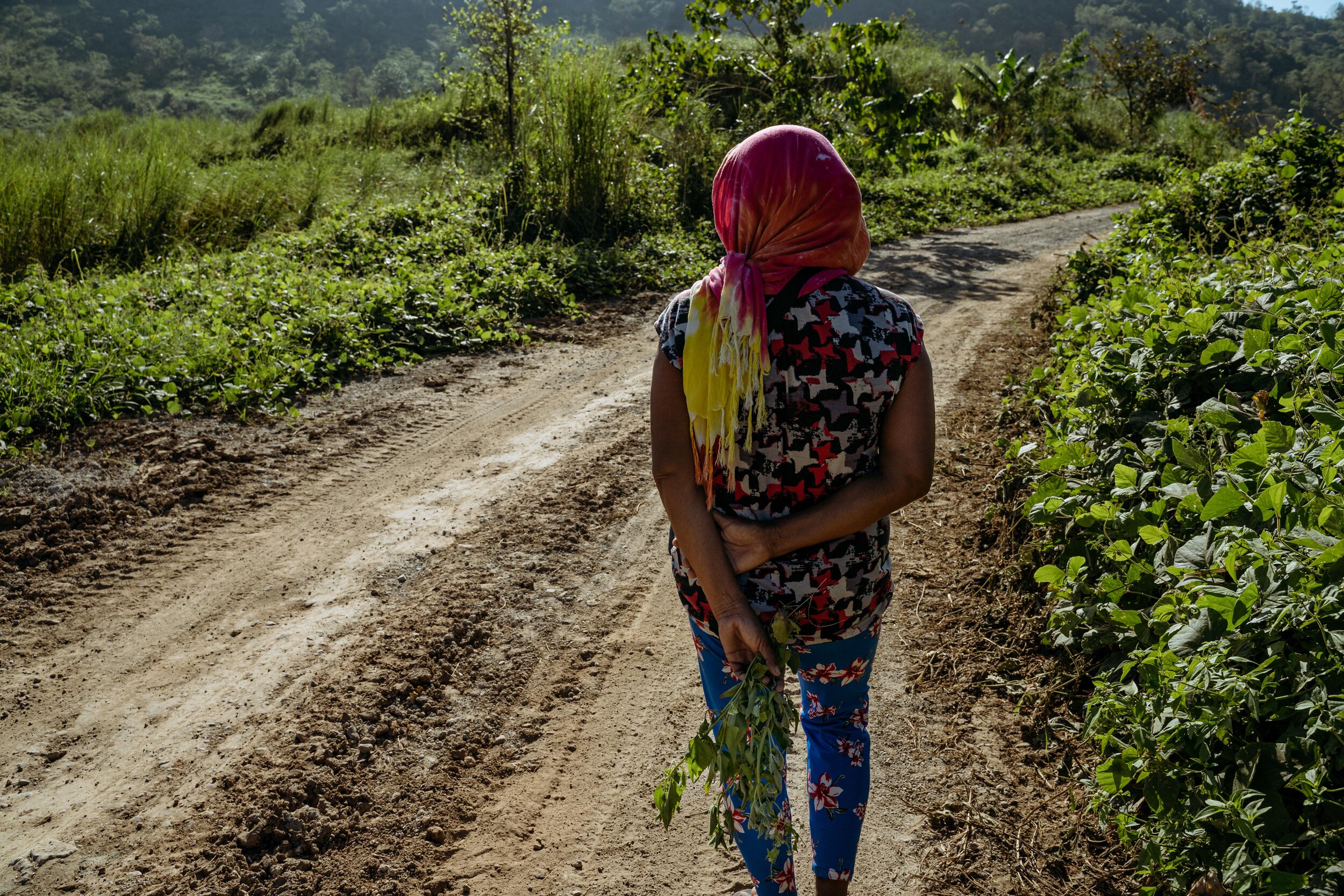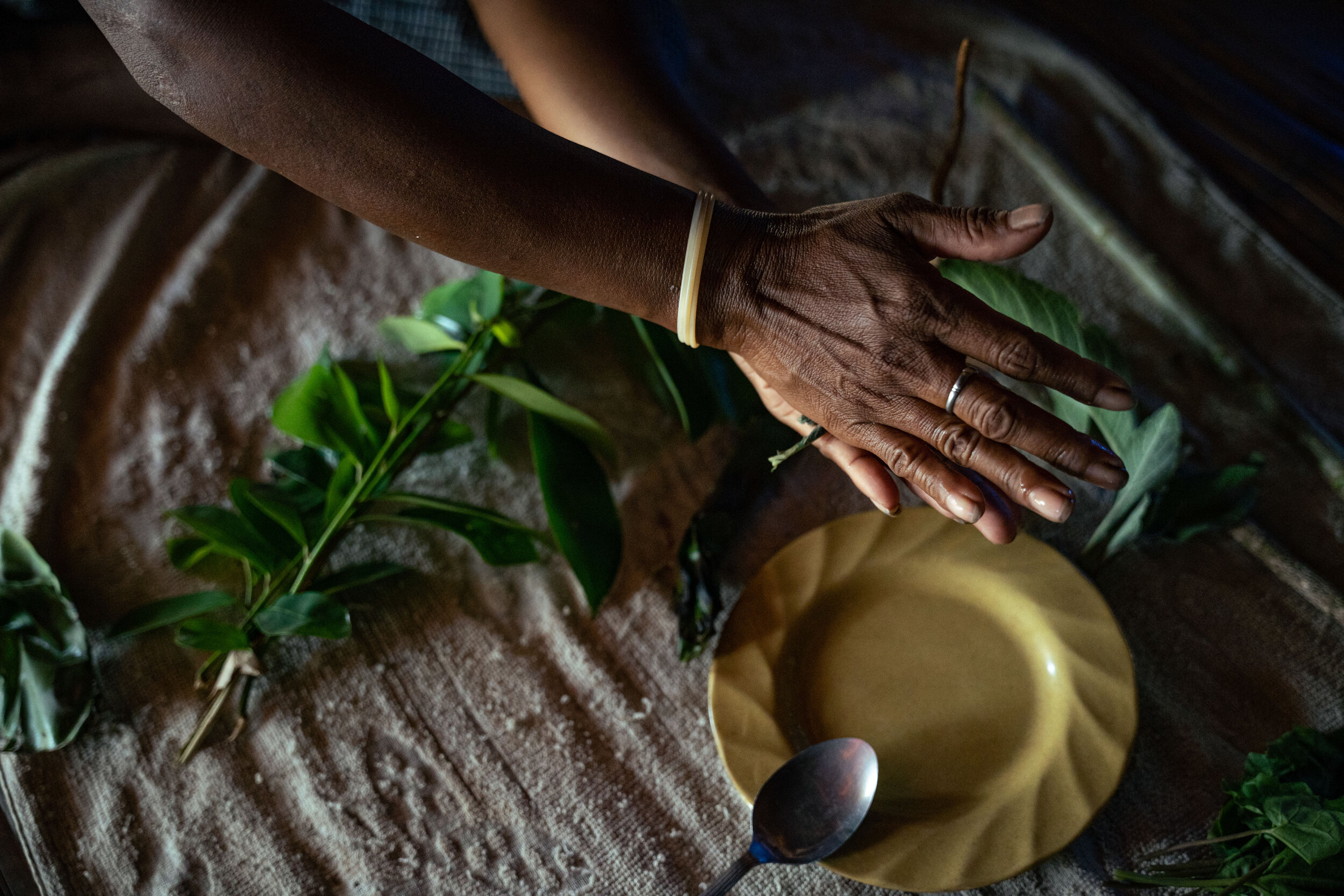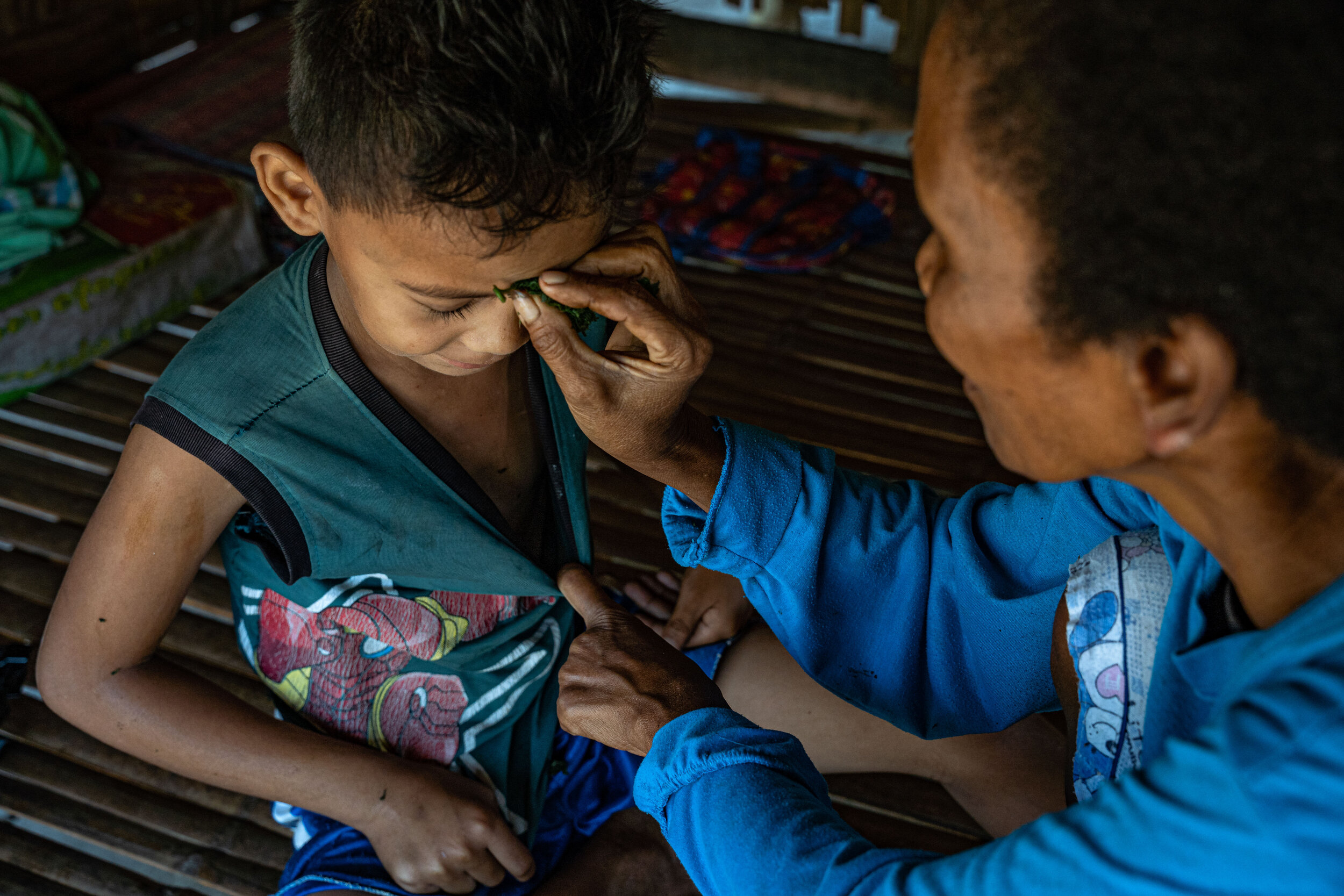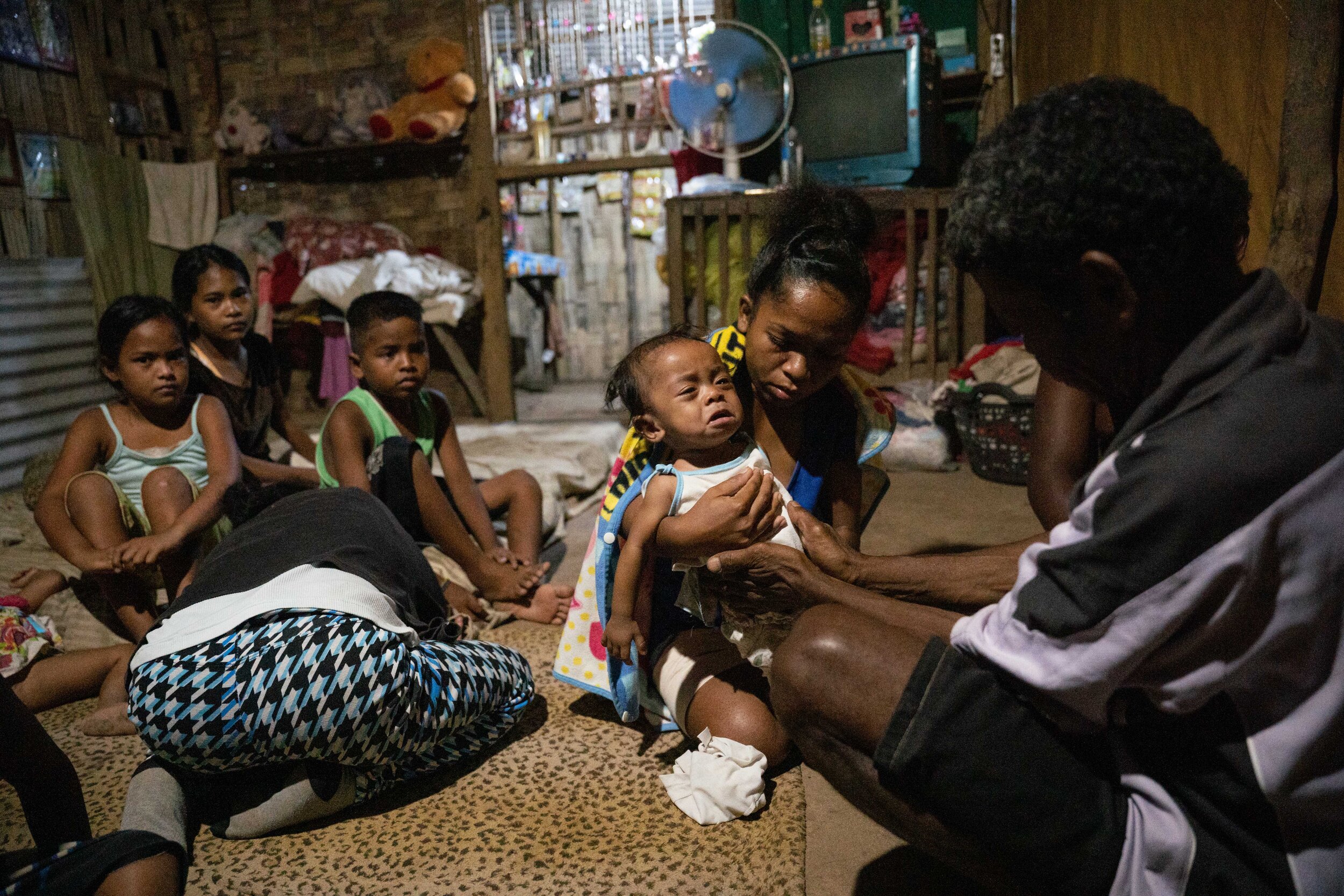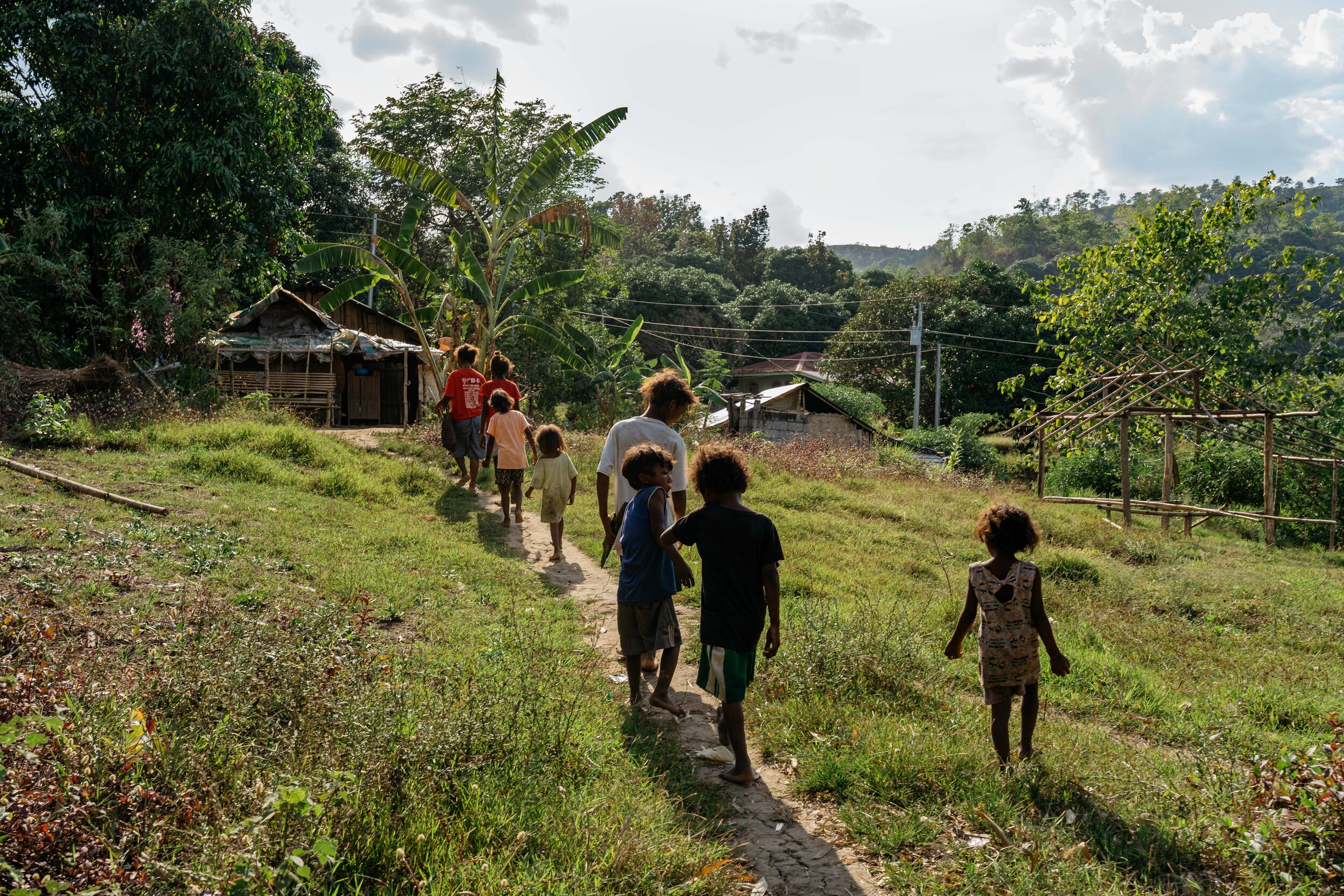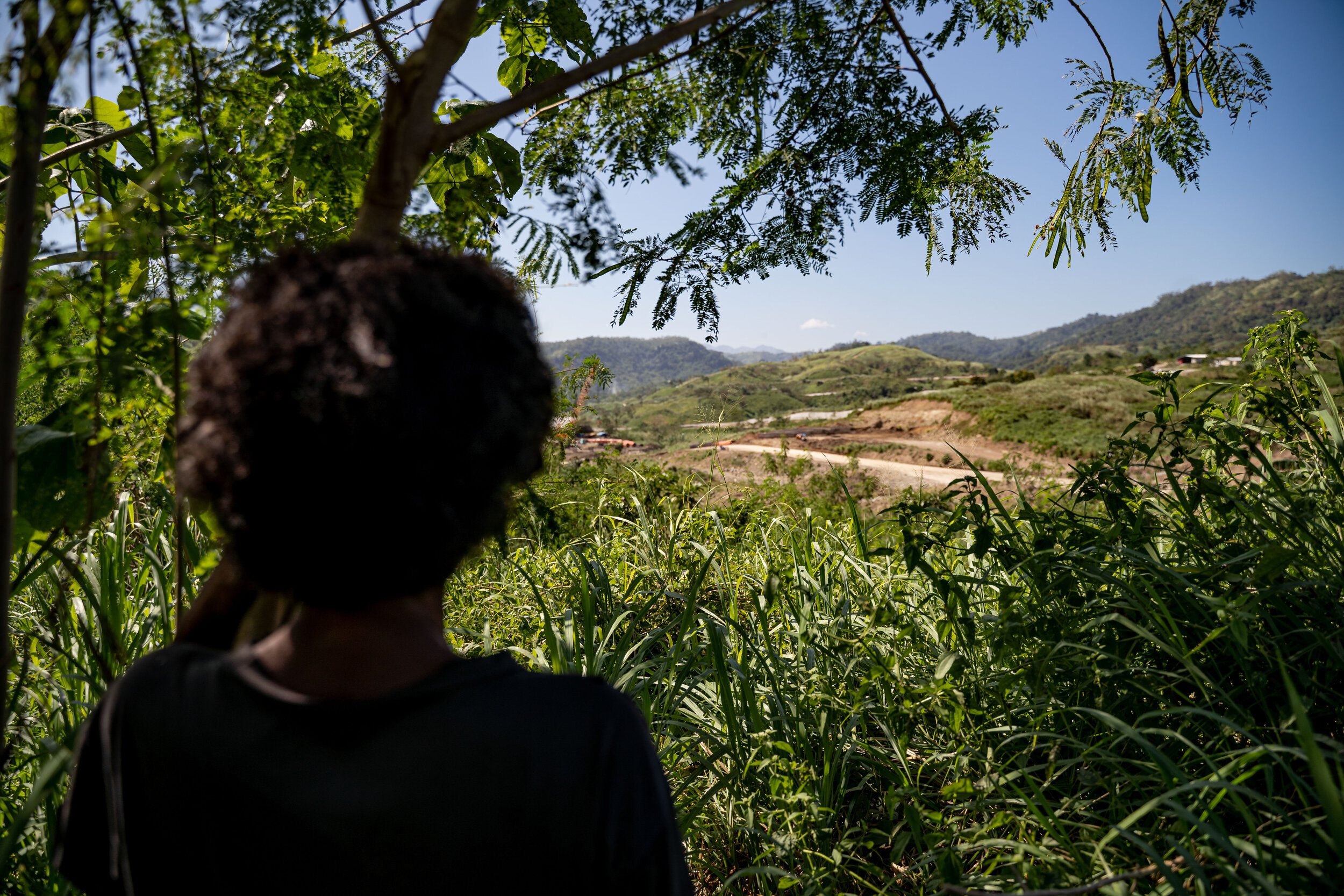Hinubog ng Panata: The vanishing spiritual traditions of the Aetas of Capas, Tarlac
PHOTOS AND TEXT BY
Pau Villanueva
Nature and biodiversity are more than just sources of food, water, energy, and raw materials for the Aeta communities of Capas, Tarlac. Their cultural identity, well-being, and spiritual traditions are grounded on their regard for the living world. Among Philippine indigenous groups, the Aetas are known for their extensive knowledge of herbs and indigenous healing methods.
Spirituality is a way for them to honor their worldview, which was adopted by their ancestors who had lived in the Luzon mountain ranges long before Spanish colonization. Aeta healers, locally called “mang-aanito,” are sought after. Considered custodians of ancestral knowledge and philosophies, these community elders are keen on preserving their indigenous ecologies.
One of the local healers in Sitio Binyayan, Nida Cautibar, recalls how her calling began. “When I was sick with typhus, my Aeta neighbors took care of me and eventually taught me how to use herbal medicine,” says Nida. “Being entrusted with this knowledge, it has now become my responsibility to heal the sick without asking for compensation,” she adds. Aeta healers believe their mission is to share their healing experiences as a means of keeping society together rather than as a means of acquiring wealth. Healing, for them, is also a way to give back to the Aeta and the non-Aeta communities.
But the multi-billion New Clark City development project in Capas, Tarlac is threatening the indigenous ecology and continues its relentless path without free, prior and informed consent from the Aetas who live there. According to the website of the Bases Conversion and Development Authority (BCDA), the project’s implementing agency, New Clark City is designed to be “wrapped around magnificent views of the hills.” The change in landscape – from flora and fauna to roads and infrastructure – is rendering irreversible damage to the natural world that is the Aetas’ only source of information, passed on from one generation to another through oral tradition.
“We used to roam the forests freely but now, we are scared. We are restricted in our own lands,” says Rosette David, an Aeta healer who has been living in Sitio Bagingan for more than 28 years. “Nature is vanishing as roads are being paved.”
The world over, indigenous peoples have long been considered guardians of global biodiversity, as they have accumulated intimate knowledge of the ecosystems in which they live. Development aggression not only threatens indigenous culture that is deeply rooted in land, but also the extinction of an entire heritage.
This story is one of twelve photo essays produced during the Capturing Human Rights fellowship, a seminar and mentoring program jointly undertaken by the Philippine Center for Investigative Journalism and the Photojournalists' Center of the Philippines.

